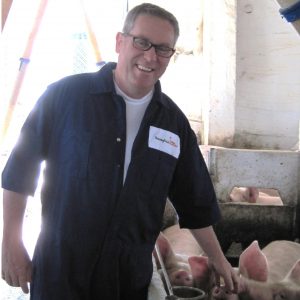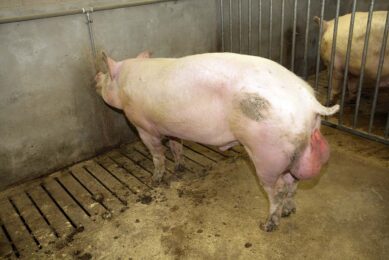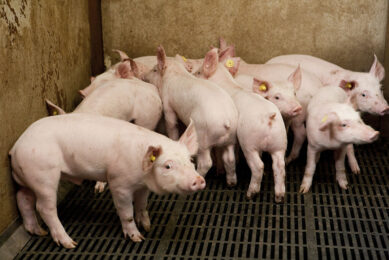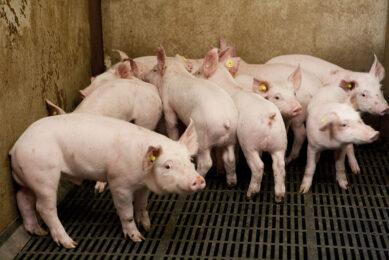Some comments on immunocastration
Immunocastration is occasionally wheeled out as an acceptable alternative to physical or proper castration. Basically the product offers very little to the pig farmer or the pig industry and is in many ways less acceptable than physical castration.
Immunocastration is occasionally wheeled out as an acceptable alternative to physical or proper castration. Immunocastration products are commercially available in some markets and are now being promoted by a major global company. Having considerable experience with this product in the Australian market, can I offer some comments? Basically the product offers very little to the pig farmer or the pig industry and is in many ways less acceptable than physical castration.
1. The product is analogous to a killed vaccine targeting the testicles and their boar odour. However, its efficacy wears off quite quickly. It therefore requires deep consideration about timing of the two full and separate doses required per pig to achieve the intended aim of reducing testicle size at slaughter. Start vaccination too early and the testicles may ‘re-grow’. Start too late and the testicles won’t have shrunk by slaughter time. So usually for a slaughter age of say 20 to 23 weeks, then the two doses need to be given at some points in the grower-finisher period, a few weeks apart. Anyone with knowledge of pig farming will realise that the prospect of catching and injecting individual male pigs twice at those times is no small venture and will require money, staff, and time and will inevitably enact costs and some likely losses in terms of animal welfare, production set-backs, pig and staff injuries, injection equipment breakages etc.
2. The product is not species specific and any injection into a human male will potentially lead to possible human infertility. Employed or family male staff may view self-injection either as an unacceptable risk or alternatively as a means to create vexatious legal proceedings against an employer.
3. Assuming the best conditions, the best staff and the best will in the world and a realistic vaccine efficacy of say 98%, one would assume that a best practice outcome would be, say, a 96% success rate of the proposed product in full usage on a well-run and organised farm. But if one thinks through the consequences of this, this means that four out of every 100 pigs on a slaughter line at the abattoir will still have large testicles. So what then? Are these presumably potential boar tainted pigs to be removed from the line? Again, anyone with any knowledge of the industry would know that that will not happen on the modern high speed line, without considerable difficulties. So in most cases these pigs would simply go through to processing and retail. What then? Do these four boar pigs then mean the whole expensive and dangerous on-farm exercise was a waste of time? How many boar pigs does it need to taint a mince or other mixed process?
4. The product is aimed at improving carcass quality and consumer acceptance, but is used and purchased by farmers. As indicated there are also even some potential costs for processors. Considerable negotiations are clearly necessary before any farmer-processor axis is going to consider the cost burdens of the product. Similarly, any processor-retailer axis would need considerable negotiations before the product gained any leverage.
5. In many consumers’ eyes, this anti-testicle hormone vaccine product is lumped into the ‘hormone’ or growth promoter devil category. To turn it into a positive alternative to a very long standing and routine farm husbandry practice is a long stretch.











